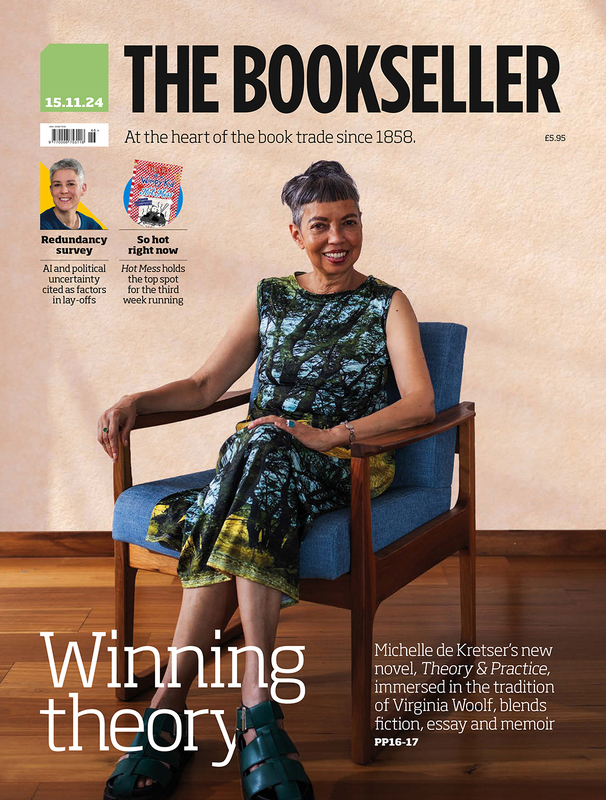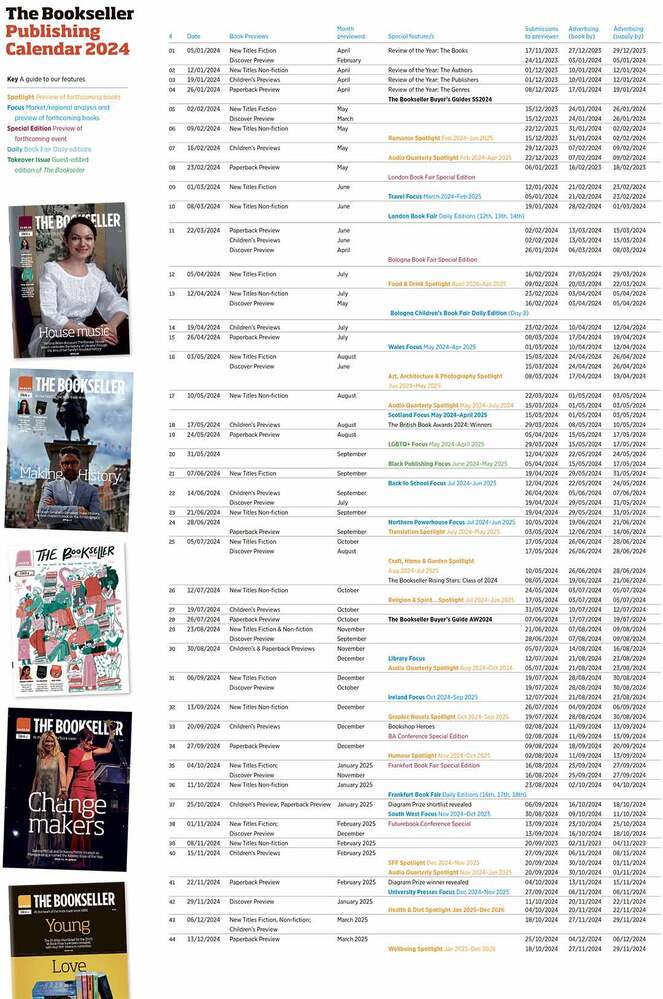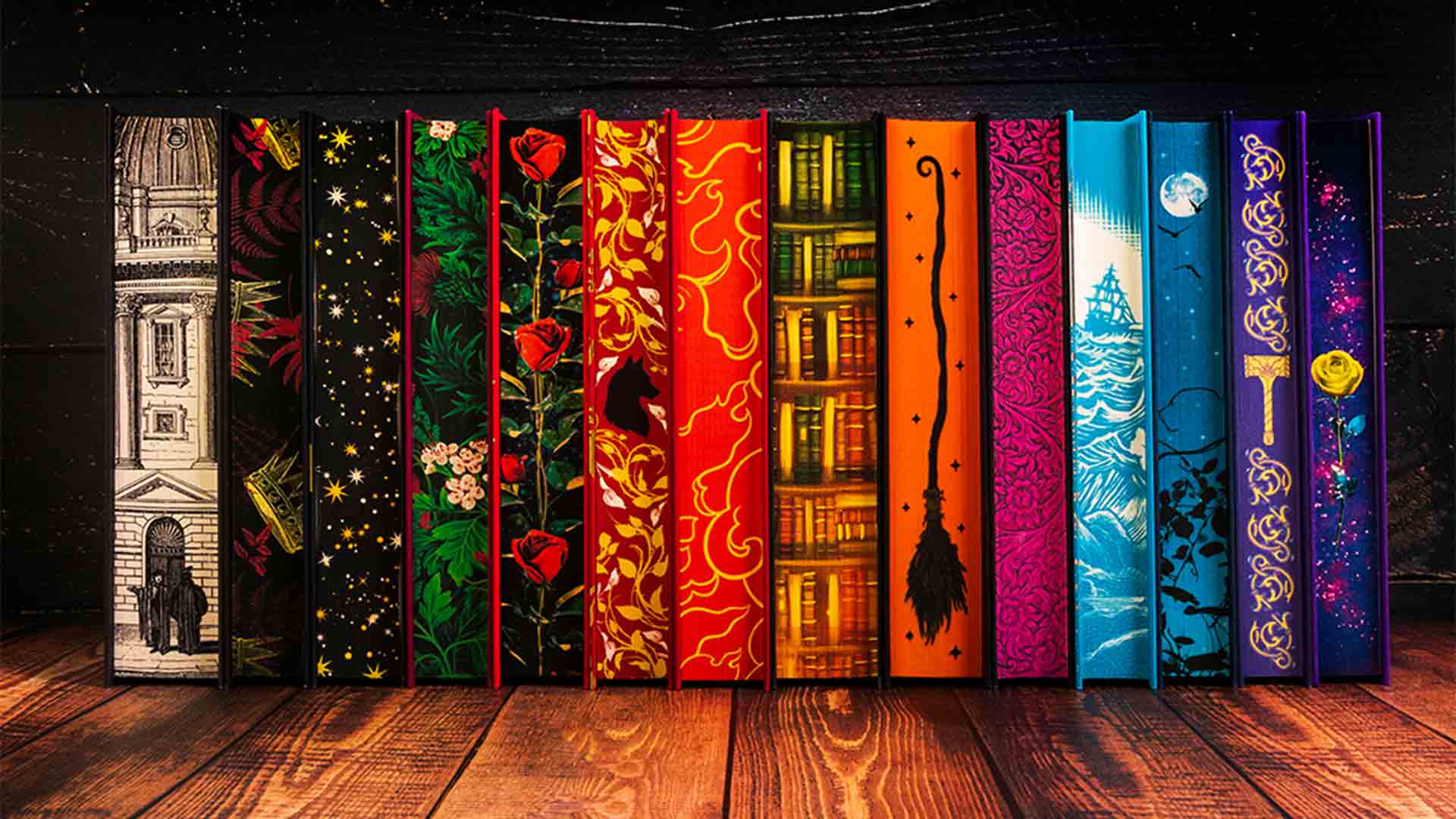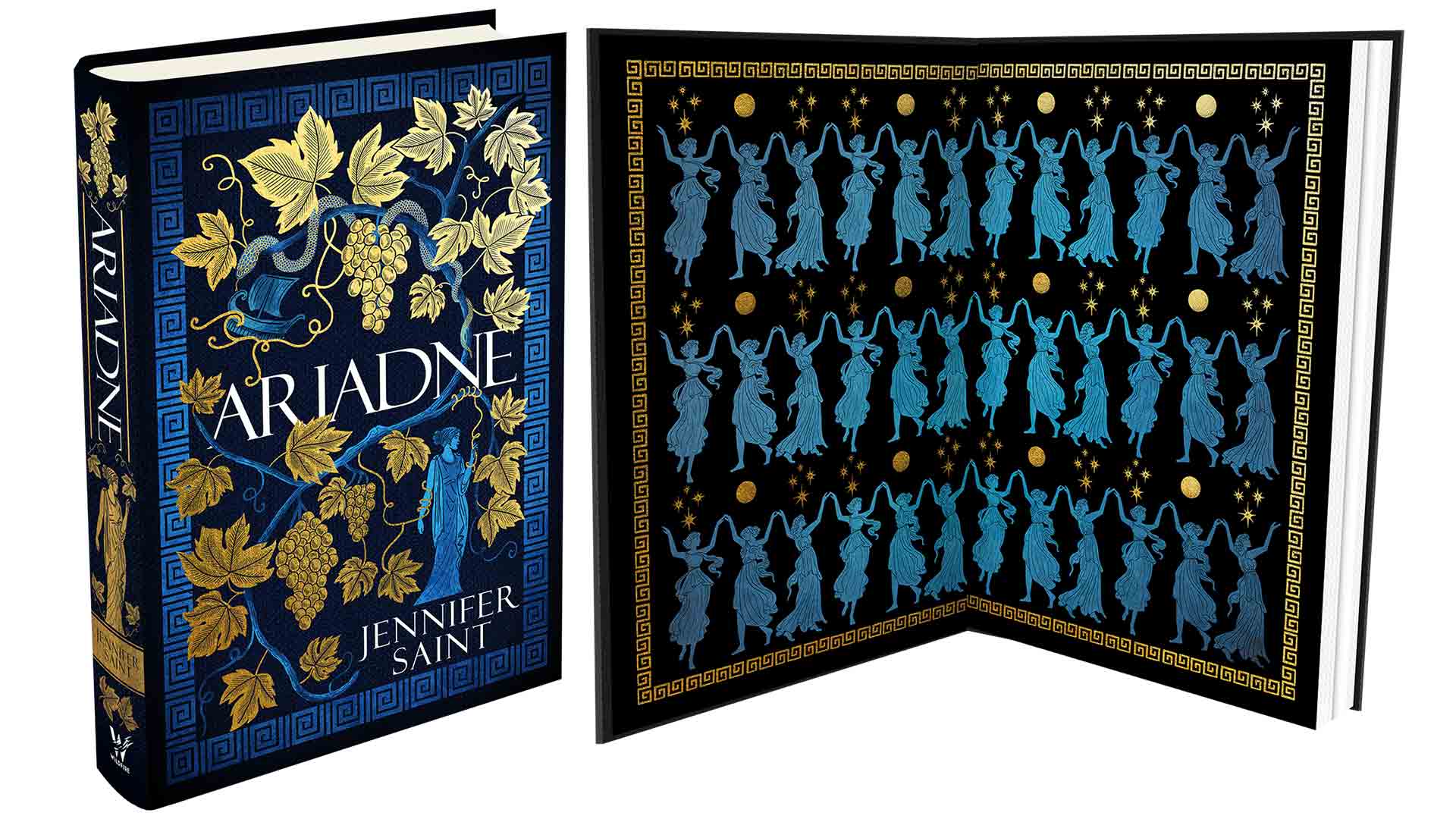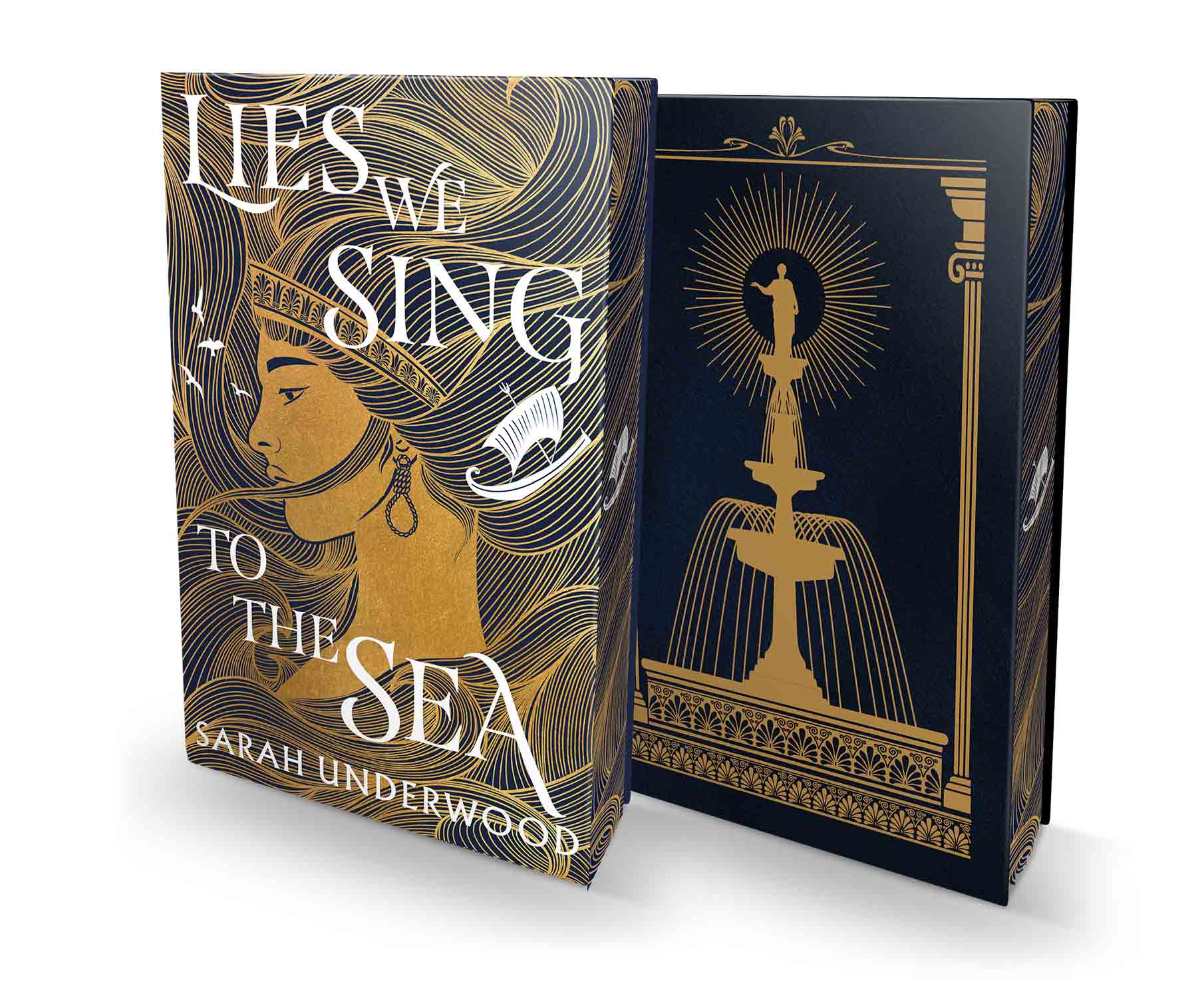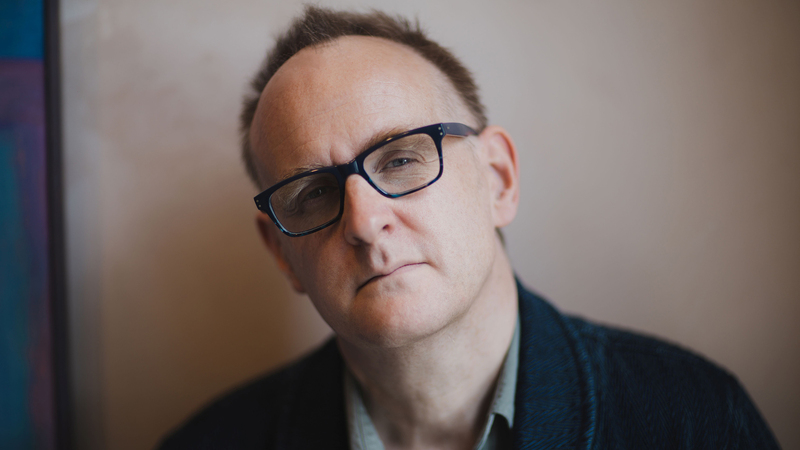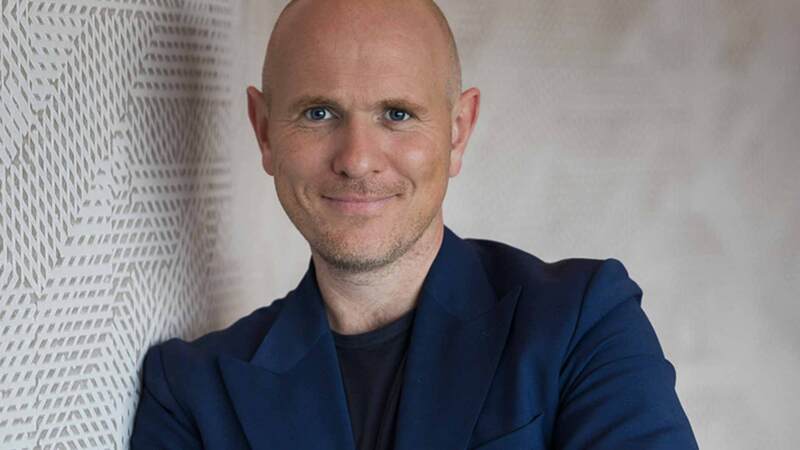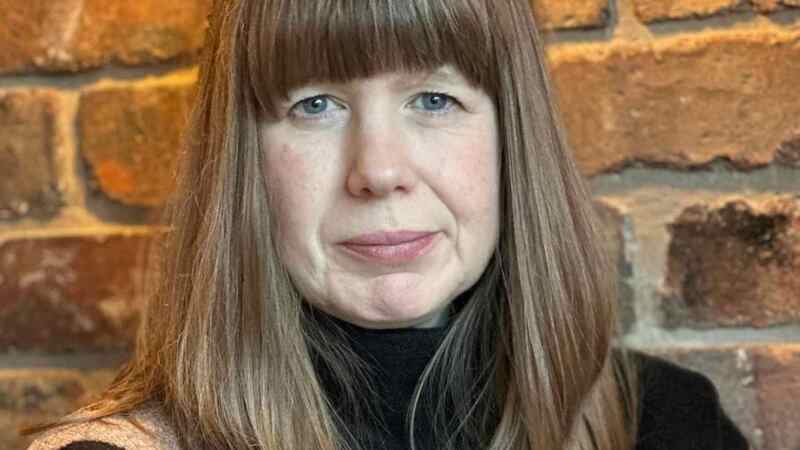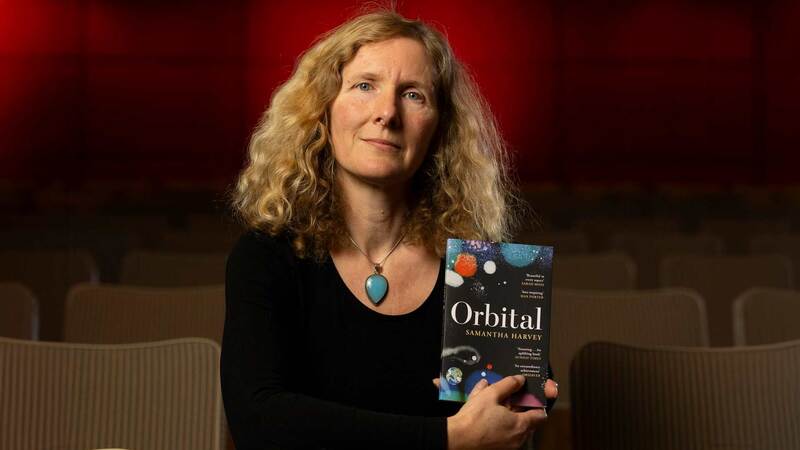You are viewing your 1 free article this month. Login to read more articles.
Spredges effect: why books are becoming more beautiful
Sprayed edges, intricate foils, gilded endpaper—the industry is seeing an increased demand for books with a decorative "aesthetic".
A survey conducted by Nielsen Bookscan earlier this year has apparently disproved the old adage that you shouldn’t judge a book by its cover, as it found that 13% of UK book purchases in the 12 months leading up to May 2024 were influenced by the front cover. The “impressive” increase in production of—and demand for—hardbacks featuring intricate foils, gilded endpapers and with what is known on TikTok as “spredges” (sprayed edges), also seem to suggest that books are getting more beautiful.
James Longman, customer service director at CPI Books, which prints 160 million books per year, told The Bookseller he has seen demand for books with sprayed edges rising “significantly” since 2016 when CPI produced the special editions of J K Rowling’s Harry Potter books for Bloomsbury (at the time it was the only UK printer capable of mass producing “spredges”).
“It’s hard to put exact numbers to, but in the past eight or nine years we’ve seen year-on-year, really steady, impressive growth in demand for sprayed edges and other effects typically seen in special editions,” he told The Bookseller. “It’s been growing steadily for the past five plus years, but in the last two years there has been significant growth in demand and in the number of books like this we’re producing. There’s also been an increase, for want of a better word, in how beautiful these books have become.”
He added: “At CPI we’re not creatives—we deliver what [our clients] come up with, and they have been taking it to the next level lately, with the sprayed edges, the foil on the jackets, the foil on the endpapers. It’s a massive industry that just keeps growing.”
The rise of the “spredges” hashtag on BookTok and Bookstagram is influencing how publishers package titles that do not sit inside genres that might, in the past, have lent themselves more obviously to the decorative aesthetic. One argument for why, which links to our recent report on the cost of hardbacks, is that more debut authors in 2024 are being given the “spredges” treatment in order to entice buyers to invest in an expensive hardback by a new name.
Curtis Brown agent Cathryn Summerhayes told The Bookseller she had noticed that around 50% of new debut hardbacks had sprayed edges this year. “Historically, there were maybe one or two a year. Part of this is obviously to try to encourage sales at full price. Secondly, publishers are very mindful of the fact that if a book is an absolute beauty, it’s going to be all over Instagram and BookTok,” she said.
Natasha Bardon, publisher at HarperVoyager and and HarperFiction’s Magpie Books imprint, agrees that both debuts and genres outside of fantasy, which has typically aligned itself with “spredges” aesthetic, are beginning to benefit. “The collectability of these versions of books is irresistible and if you’re going to invest in a physical edition you want it to be beautiful. I think now more than ever readers are inclined to try new voices, as can be seen by the number of debut Sunday Times bestsellers in the last few years. But a spredge does, of course, add to the allure of a hardback! It’s something the SFF genre has been doing for some time, so it’s interesting to see the wider market start to come on board, too,” she said.
Suzanne Dean, who has been creative director at Penguin Random House Group for nearly 25 years, said: “The demand for attractive sprayed edges and endpapers is increasing. It’s another way of enticing the book buyer to stop and pick up your desirable package rather than another. We are in a very competitive market, where the TikTok audience appreciates these details. Printers have got better at producing sprayed edges. It’s much more acceptable than when I first suggested it years ago.” Dean doesn’t think they should be approached as a marketing exercise, though. “Sprayed edges and endpapers need to be part of the design package, fully thought through, and cost effective,” she added.
Micaela Alcaino, a freelance designer and illustrator known for her beautiful special editions, said: “A few years ago we were afraid of eBooks and Kindles taking over, but we’ve gone in a completely different direction. Not only are people buying physical books, but people want these beautiful hardbacks and may buy several editions simply to keep them, because they’ve possibly already read and loved the book via a digital or audio edition.”
Alcaino says the transformation of printing technology has played a massive role in the ability to serve this demand, too. “Technology has changed so much in the 10 years since I started my career,” Alcaino said. “For example, how intricately we can print foil nowadays. I used to have to design very thick lines on the jackets we wanted to foil, but now I can get quite thin and delicate with it. Five years ago even having a different coloured edge was seen as incredible, but with digitally printed edges I can create a whole CMYK intricate design. That shift has only happened lately.”
David Headley, the literary agent and owner of Goldsboro Books, which stocks signed first editions, thinks “spredges” are a way for publishers to show big-name ‘brand’ authors some love, rather than focusing on debuts. He told The Bookseller: “Any publisher today is thinking: ‘How do we market a book, and how do we capture an audience?’ And if people go on Instagram and start taking beautiful images and posting those, and that’s going to bring awareness of a book... Publishers are doing it for big name ‘brand’ authors, not just debuts. It used to be very much linked to specific genres, but now we’ve got Kate Mosse, Tracy Chevalier... I think Chris Whitaker recently got a special edition too. The reason it might seem like more debuts are being given this sort of approach is that a lot of the debuts in 2024 are fantasy or historical.”
Subscription boxes are another key driver for this area, with FairyLoot and Illumicrate seen to be fostering appetites for ever-more beautiful collectible books. CPI’s Longman, who has had a front-row seat in terms of fielding requests from publishers for these editions for the past eight years, said: “The Harry Potter anniversary books were great for adding to an existing brand, but it wasn’t using the technology in anything like the creativity that we see it being used in 2024. We initially thought it would be short-lived, used by marketing departments, or be limited to, say, fantasy or other specific genres... We were first to the market in 2016 but there are now several UK players that use various technologies for these editions. It requires a significant investment in terms of technology and the industry didn’t initially seem to think it was here to stay. What convinced everyone that it was here to stay was the unbelievable rise of online subscription boxes.”
Bardon said HarperVoyager and Magpie has been “focused on this area for a few years", having launched SFF subscription box The Locked Library in 2023, plus a TikTok shop “to facilitate a readership that wants a beautiful package to go along with its exceptional storytelling”.
Anissa de Gomery, founder of FairyLoot, told The Bookseller: “I absolutely agree that books are becoming more visually stunning, and it’s a trend we’re thrilled to see. At FairyLoot, we’re passionate about the experience a beautiful edition can bring to readers, especially in a digital world where physical books are cherished for their tactile and aesthetic qualities. A thoughtfully designed book with intricate sprayed edges, gilded details and artful endpapers transforms it into more than just a story—it becomes a keepsake.”


